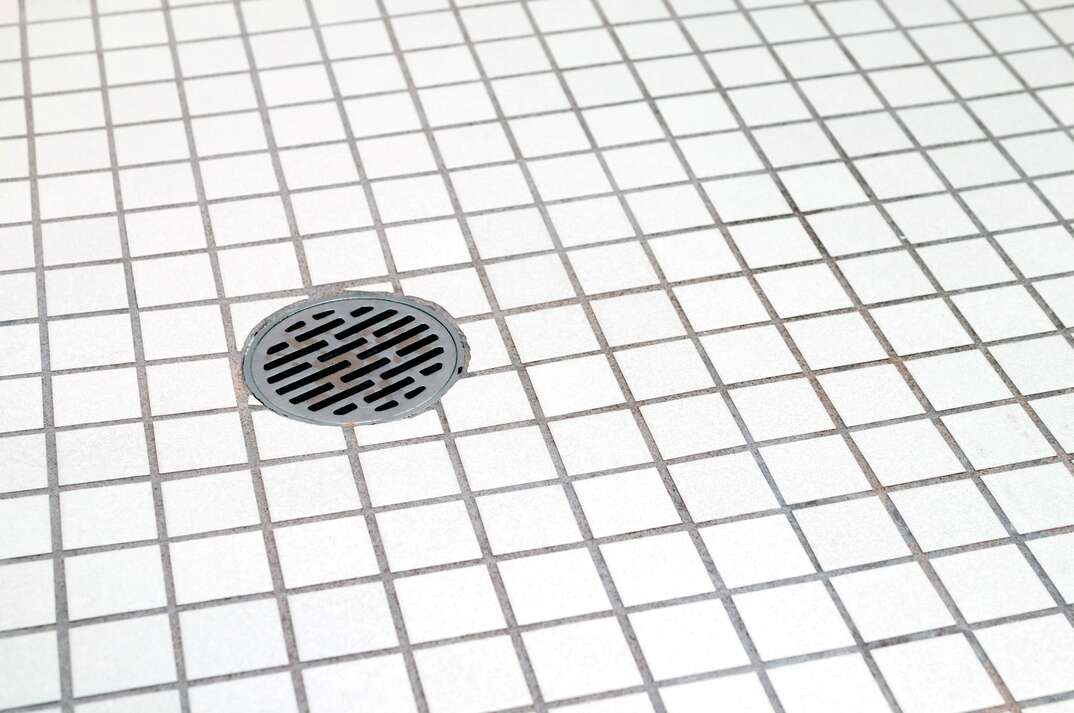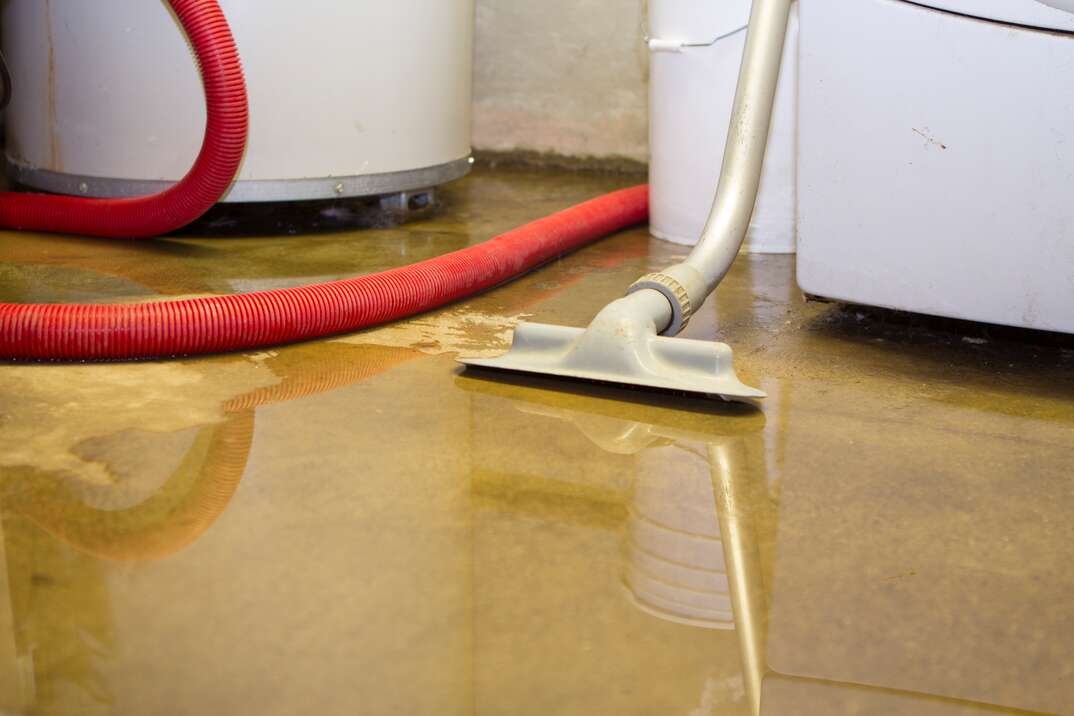How Much Does Homeowners Insurance Cost?

Love it or hate it, you’ve gotta have it. In most cases, homeowners insurance is a necessary aspect of homeownership. Your mortgage lender will typically require that you have a policy — which is actually to your benefit. In case of a disaster, homeowners insurance will help you replace your belongings and can offer liability protection. The price you pay for a homeowners insurance policy depends on several factors — such as the value of your home, where you live and the amount and type of coverage desired.
This May Also Interest You: What Does Homeowners Insurance Cover … and What Doesn’t It?
So how much does homeowners insurance cost, exactly? Read on to find out.
What Is the Average Cost for Homeowners Insurance?
According to Bankrate, on average, homeowners insurance premiums run about $109 per month (or about $1,312 per year) for a $250,000 coverage limit. Policies vary widely by cost, running from just a few hundred dollars to several thousand dollars per year.
How Is a Homeowners Insurance Premium Calculated?
The two biggest determinants of homeowners insurance rates are the value and location of the home. Still, other factors come into play when insurance companies determine rates for a particular homeowner. These include:
Level of Coverage
Some homeowners opt for cash value coverage, which is usually the least expensive. Cash value coverage pays only what the property is worth after depreciation is considered. Replacement cost coverage, by contrast, is pricier. It pays you what it costs to rebuild or repair your home after a covered loss, adjusted for inflation.
Deductible
Deductibles represent your out-of-pocket costs for each claim. This is what you must pay before the policy pays out. With a $1,000 deductible, you're responsible for the first $1,000 in costs to repair your home or replace damaged or stolen items. Then, your insurer will cover the rest. Generally, the higher the deductible, the lower the premium, and vice versa.
Your Home’s Age
The age of a home can have a dramatic impact on how much insurers charge for homeowners coverage. It can cost more to insure an older home than a more recent construction because it usually costs more to rebuild a house to up-to-the-minute safety standards. Insurance companies hedge against those added costs with inflated premiums for older homes.
Condition and Age of Your Roof
Homes with newer roofs and roofs in great condition are seen as less of a risk by insurance companies, so the premiums homeowners pay are lower. Homes with old roofs, roofs in disrepair or roofs constructed with low-quality materials have the opposite effect on insurance premiums.
Your Previous Claims
Your claims history can also influence the cost of home insurance. If you’re a homeowner who has had a claim or two at some point in the past, or if you live in a geographic location where there is a high rate of claims, you may be charged more.
More Related Articles:
- What’s the Difference Between a Home Warranty and Home Insurance?
- Got Plumbing Problems? Here’s What Plumbing Issues Homeowners Insurance Covers … And What It Doesn’t
- What Is Sewer Line Insurance and What Does It Cover?
- Water Line Insurance: What It Is and Why You Need It
- Here’s How Much Common Home Repairs Cost — and How to Budget for Them
How Much Homeowners Insurance Do I Need?
If your home is lost or damaged due to a covered incident, you want to make sure your policy provides enough to rebuild your home and replace any belongings lost. It should be enough to help you pay for other costs for the time period you’re unable to live in the home. Your policy should also provide protection for your financial assets if you are found liable for someone else’s injuries or losses.
Because of all these factors, the amount of homeowners insurance you need to fully protect yourself should be based on an assessment of your needs, says the Insurance Information Institute. This includes:
- The cost of rebuilding or repairing your home
- Whether you need to purchase additional earthquake or flood insurance
- Any hard-to-replace home features
- The cost of bringing a new construction or repair up to code in an older home, including the cost of lumber and other building materials — which may have increased since the home was built
- The value of your possessions and home contents. Experts recommend taking out as much as 70% of the amount of insurance as insurance on the home’s contents.
- Additional living expenses you may incur if you can’t live in your home after a natural disaster, severe storm or fire
- The amount of protection you need against lawsuits for property damage or bodily injury that you, your family or pets may cause. A general recommendation is up to $500,000 in liability protection.
- Whether you need an excess liability or umbrella policy. If you have more risks, such as a swimming pool on your property, you may need this extra coverage.
How Much Is Homeowners Insurance on a $200,000 House?
A house valued between $200,000 and $299,999 is typically insured for around $1,114 per year, according to the National Association of Insurance Commissioners. The NAIC’s Homeowners Insurance Report also shows that homes valued at $49,999 cost an average of $645 per year to insure. Homes valued at $500,000 and above came with an average home insurance cost of $2,148 annually.
Is a Home Warranty the Same as Home Insurance?
Homeowners insurance and home warranties are not the same. The warranty on your home protects specific home systems (plumbing, electrical, etc.) and appliances, like your water heater. A warranty is similar to homeowners insurance, particularly in how it requires homeowners to file a claim in order to use it. However, a warranty is more of a contract that hedges against repair costs, while insurance is meant to cover the loss of personal property from theft and structural damage. In addition, homeowners insurance is always a requirement if you have a mortgage on your home, where home warranties are not.


